In my 6 months of casual film photography, I’ve learned that airport security can be generous about hand-checking analog film. Many will do it if you ask nicely. Once, a smiling security officer in Manila noticed me clutching Ziploc bag of film cannisters, and offered to hand inspect them before I could even ask.
This unfortunately was not true for the Abu Dhabi Airport’s transit hall at midnight, where I was trying to catch a connecting flight to Istanbul for work. The transit hall was filled with passengers pushing for a place in the crowded security queue, and airport staff was in no mood to do favors for anyone, even if they carried a company-sponsored business class ticket. My pleas to hand-inspect my film went unheard.
I was a month into film photography then and brought nothing but analog cameras with me. My Ziploc bag contained 10 35mm rolls, and five of them were different variations of Kodak Vision 3 – a film stock I’ve never used before. As the Ziploc bag disappeared into the belly of the beast, I began to stress about losing my only means of documenting this trip.
The Internet doesn’t have satisfying conclusions about the impact of airport scanners on analog film. “X-ray scanners do not damage film,” says a Redditor who is so sick of this discussion. Others say film rated ISO 800 or less will be fine, unless they went through the new TSA CT scanners. Then unprocessed film will be obliterated regardless of their ISO.
Abu Dhabi airport’s rattling scanners looked nothing like the sleek, film-killing CT scanners I just Google Image Searched. I felt optimistic that my rolls would emerge unharmed.
That optimism was justified a week later, when a film lab at Sultanahmet processed the Kodak Ultramax from my weekend at Cappadocia. Not a single sign of fogging or wavy line in sight! Perhaps the Redditor was right to be so sick of this discussion.
On my last Friday in Istanbul, I loaded my Ektar H35 camera with Kodak Vision 3 200T and took the ferry to Kadıköy. I spent the last two weeks traveling with my Minolta SLR, and I was growing tired of the “serious” photographer it was turning me into. Kadıköy with its towering street murals, colorful streets, and free-spirited energy was a great place to run wild with a half frame camera.
I’m glad I chose to have fun in Kadıköy instead of trying to create perfectly composed images. I would soon learn that ECN-2 film is particully vulnerable to x-ray damage, and that I’d be deeply disappointed by how most of them turned out. The 500T rolls looked dull and had an unpleasant lavender cast – nothing like the images I thought I took with my SLR’s viewfinder.
However, the 200T scans from Kadıköy were a pleasant surprise despite looking blurry and faded. Each image had a charming blue cast and well-placed foggy streaks that highlighted the neighborhood’s quirky nature and my own carefree approach to exploring its streets.
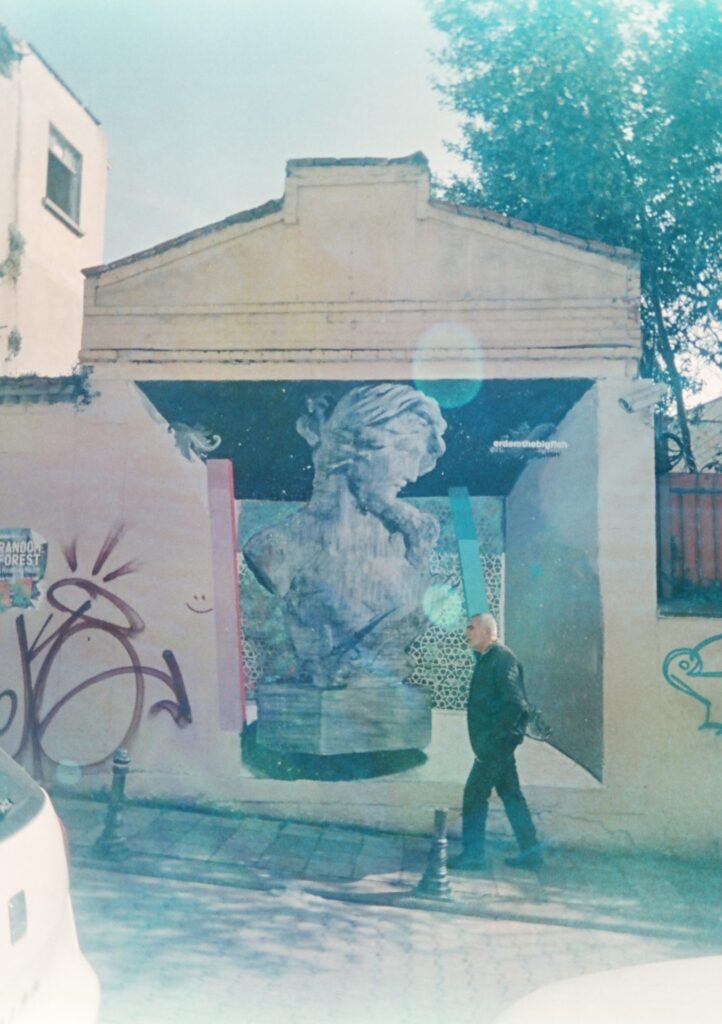
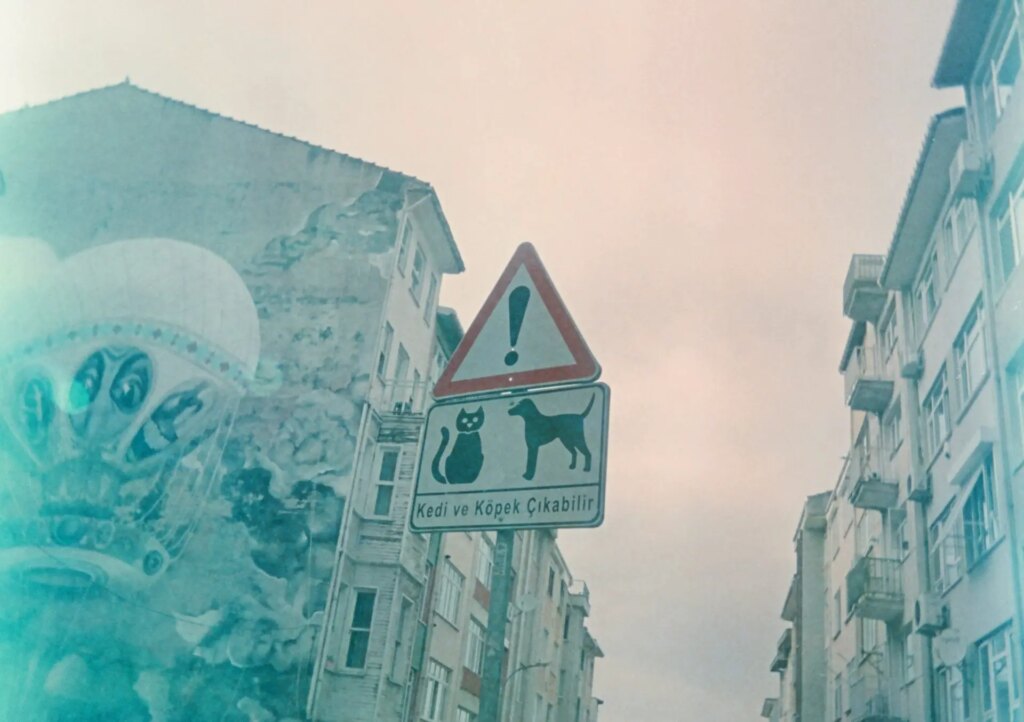
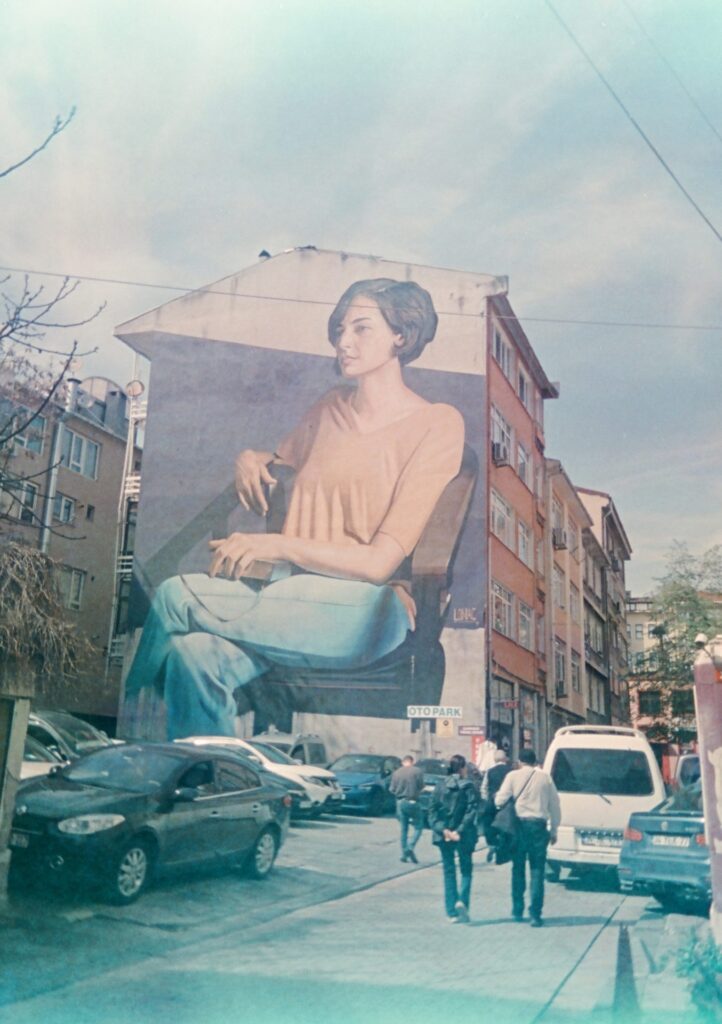
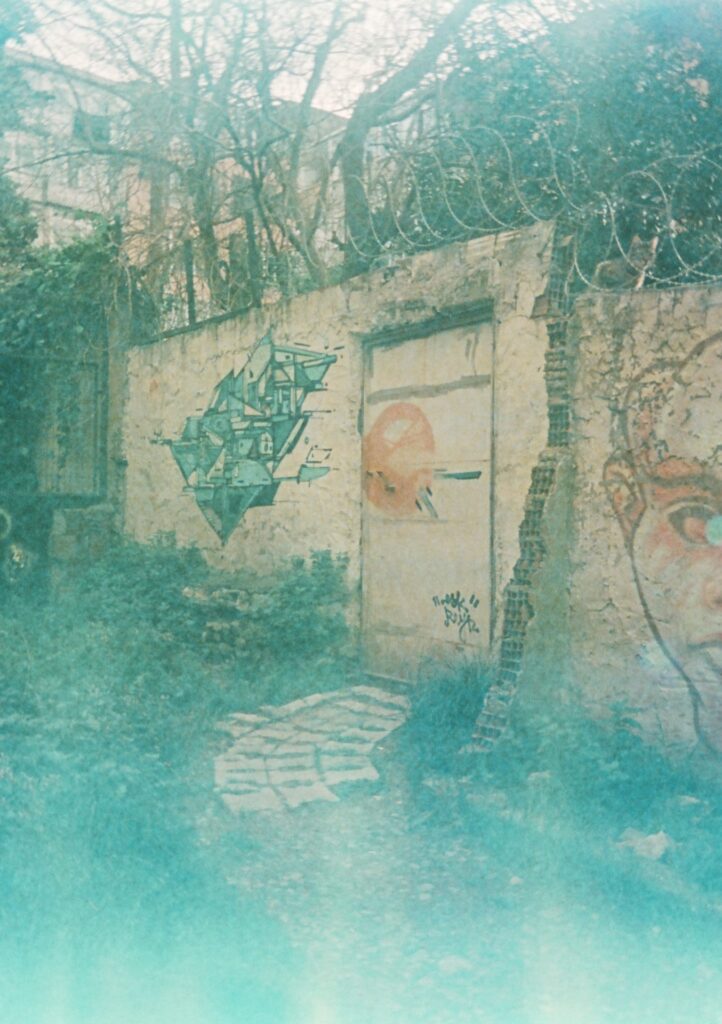

Now that I know how much an x-ray scanner can wreck ECN-2 film, I’ll only travel with Kodak Vision 3 when I’m feeling experimental and adventurous. Who knows what offbeat images I’ll get the next time airport security shoots down my hand-inspection request.
Lauren is a writer and hobby photographer living in New Zealand. Follow her on Instagram @37infilm or visit her website fotos.laurendado.com.
Share this post:
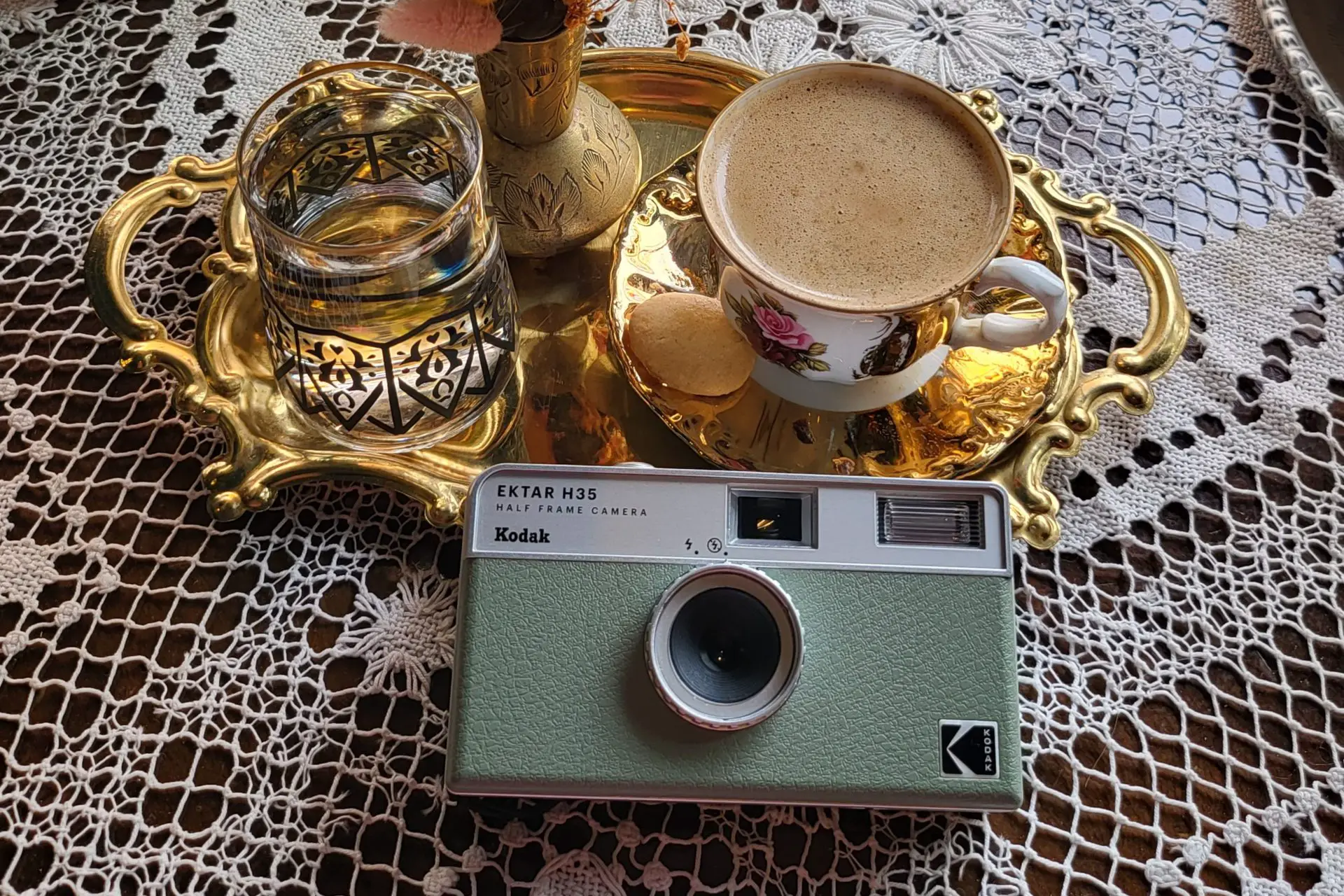


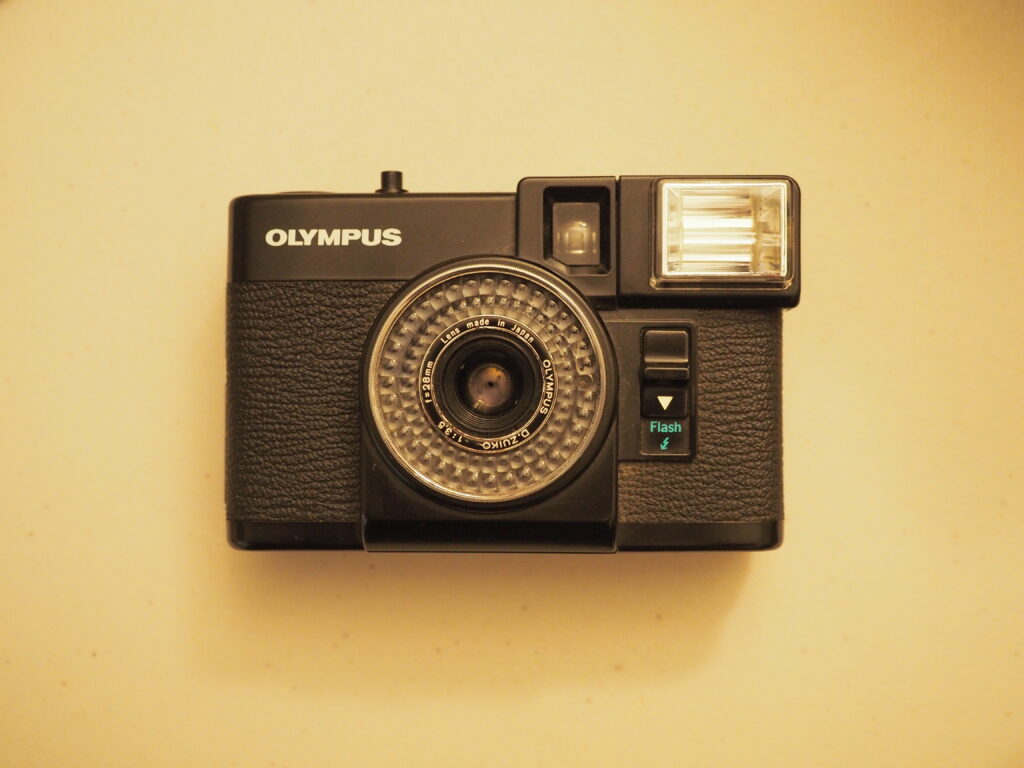
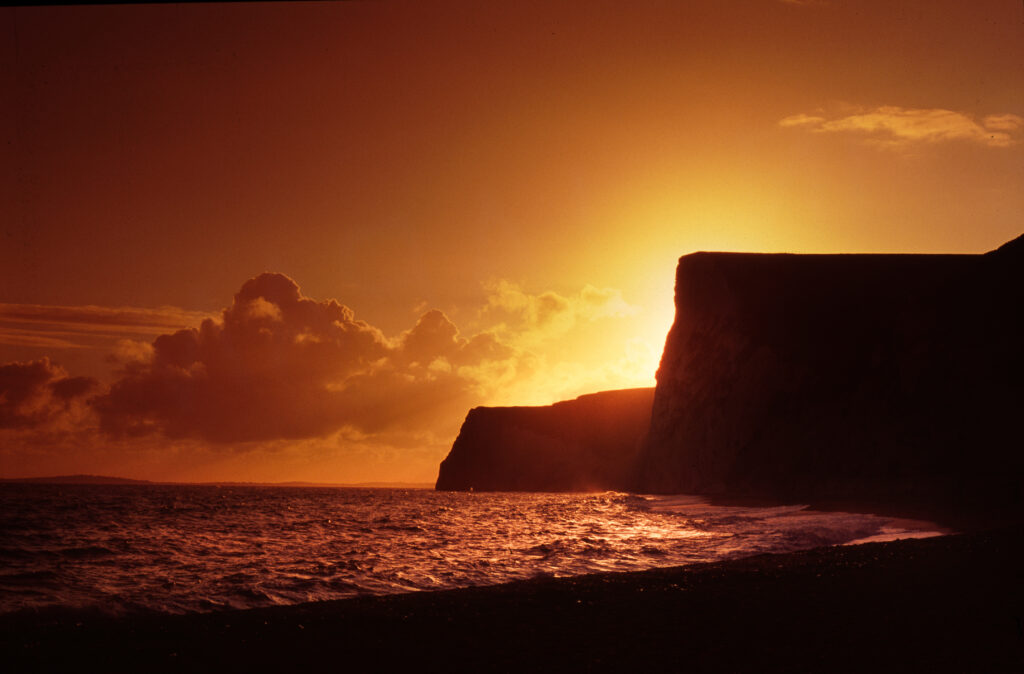




Comments
Don Goodman-Wilson on 5 Frames of X-Ray Damaged Kodak Vision 3 200T
Comment posted: 11/11/2023
But…every roll turned out just fine. I had zero problems with any of the Vision3 films. Even the T-Max P3200 turned out OK—it had a little fog, but honestly it wasn't anything I couldn't correct in post.
I wonder if the Abu Dhabi machines are stronger? I wonder if the fog wasn't actually the result of a mistake in development?
At any rate, your photos are delightfully moody with that blue cast! I love it!
Comment posted: 11/11/2023
Chris Storey on 5 Frames of X-Ray Damaged Kodak Vision 3 200T
Comment posted: 11/11/2023
at Los Angeles International, London, Dublin, and at both end of the Chunnel on the Eurostar train; all very happy to accommodate my request to hand screen. Heathrow was another story. They hand screed and swabbed the two rolls of 800, but refused the do the tri-ex because it wasn't 800 or higher, even though they touched all 10 rolls of film (not in canisters) in the plastic bag in order to read the labels. Sadly, every roll was streaked with fog.
Comment posted: 11/11/2023
Comment posted: 11/11/2023
Tim Bradshaw on 5 Frames of X-Ray Damaged Kodak Vision 3 200T
Comment posted: 11/11/2023
Comment posted: 11/11/2023
Comment posted: 11/11/2023
Comment posted: 11/11/2023
yz on 5 Frames of X-Ray Damaged Kodak Vision 3 200T
Comment posted: 12/11/2023
Danny on 5 Frames of X-Ray Damaged Kodak Vision 3 200T
Comment posted: 12/11/2023
I too have had poor experiences with film and flights. Last time the guy at Schiphol Amsterdam held firm to the "it's not high sensitivity it will be fine to xray" line and sure enough my HP5 was fogged up.
I'm doing the Camino soon and I'm flying into Spain, so this topic is really at the forefront of my mind lately. One work around I'm considering is mailing the film to my starting point, then mailing it back home before I fly out of Santiago. If it wasn't for the time constraints I'd honestly take a coach, I'd rather spend 26 hours on the road than shoot digital, ha..
But that begs the question, do they x-ray bubble mailer envelopes too? I mean I live in the EU so it wouldn't be cross continent at least.
Jon T on 5 Frames of X-Ray Damaged Kodak Vision 3 200T
Comment posted: 12/11/2023
JD on 5 Frames of X-Ray Damaged Kodak Vision 3 200T
Comment posted: 12/11/2023
John on 5 Frames of X-Ray Damaged Kodak Vision 3 200T
Comment posted: 14/11/2023
DANIEL J CASTELLI on 5 Frames of X-Ray Damaged Kodak Vision 3 200T
Comment posted: 15/11/2023
Thanks for posting and keeping this issue current.
In the fall of 2022, my wife & I visited London (4th vacation in 12 years). Before we flew back to the US, I dropped off 10 rolls of HP-5 @ Rapid-Eye Film Lab in London. They routinely send processed film to the US, so it was a good solution for me.
We arrived at Heathrow with plenty of time to spare. I needed it because I had four rolls of exposed Kodak p3200 that required hand inspection. The machines were state of the art digital imaging scanners. I asked for hand inspection. The security officer repeated the normal chant "X-ray machines will not harm film up to ISO 400." I restated it was ISO 3200 film. She told me to pass the film through the machine. I refused. A security manager appeared, and I explained the situation. He took my film, hand inspected it. I noticed I had one roll of unexposed HP-5 in the bag and asked to have that inspected. My request was refused, and he repeated the company chant. They passed the HP-5 through the machine. When I got hope, I hand processed the unexposed film. It was ruined.
Remember, I'm a US citizen visiting a foreign country. I will not be the ugly American nor will I break any regulation or refuse to comply with reasonable requests. There is no advantage for me (or anyone) to act that way.
But remember, film photographers are creatives, much like a musician carrying a guitar through security or an artist with sketchbook and water-color tubes. Why are we treated differently? It's no big deal to hand inspect film.
Here in the US, anyone travelling through airport security has the (FAA/TSA) regulatory right to ask for film inspection. There are placards placed at the entrance of US security gates reminding people to ask for inspections.
This should be a non-issue. We should not be placed in the position of a potential aggressive interaction.
No one questions safe security measures. They keep all of us safe. But I'm tired of dreading the inevitable exchange I know will happen when I pass through security with film.
Peggy on 5 Frames of X-Ray Damaged Kodak Vision 3 200T
Comment posted: 18/11/2023